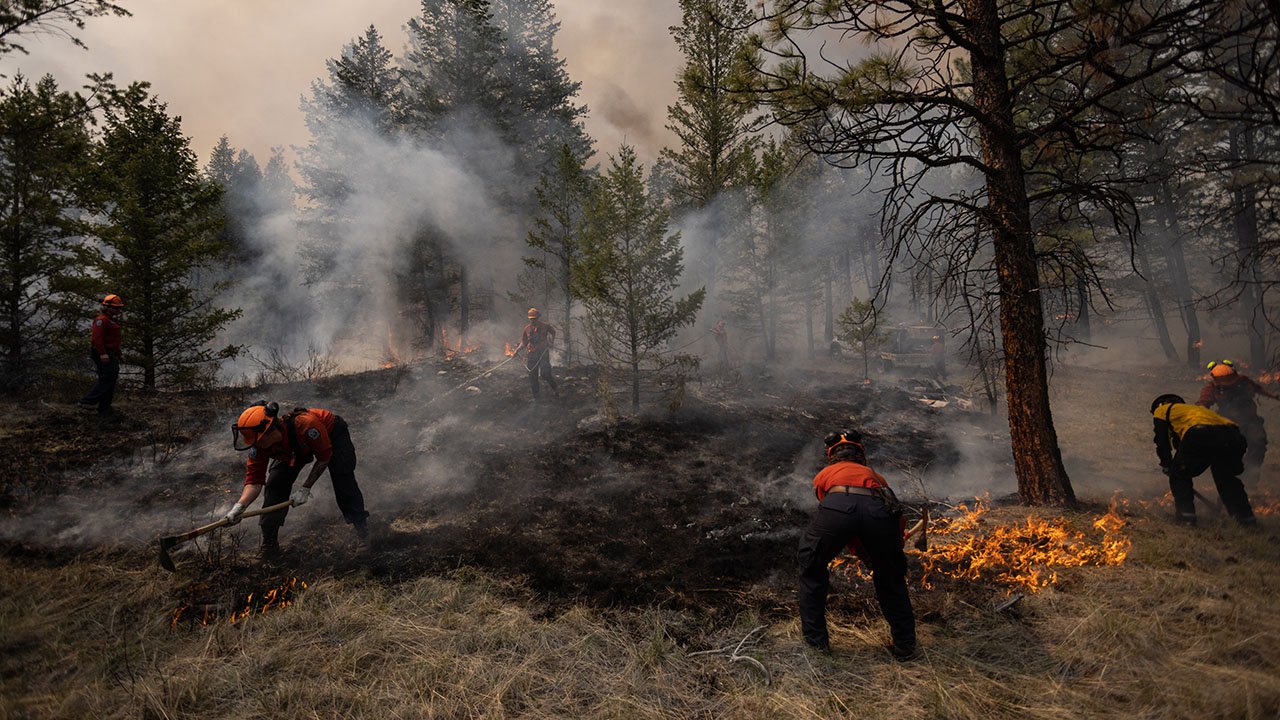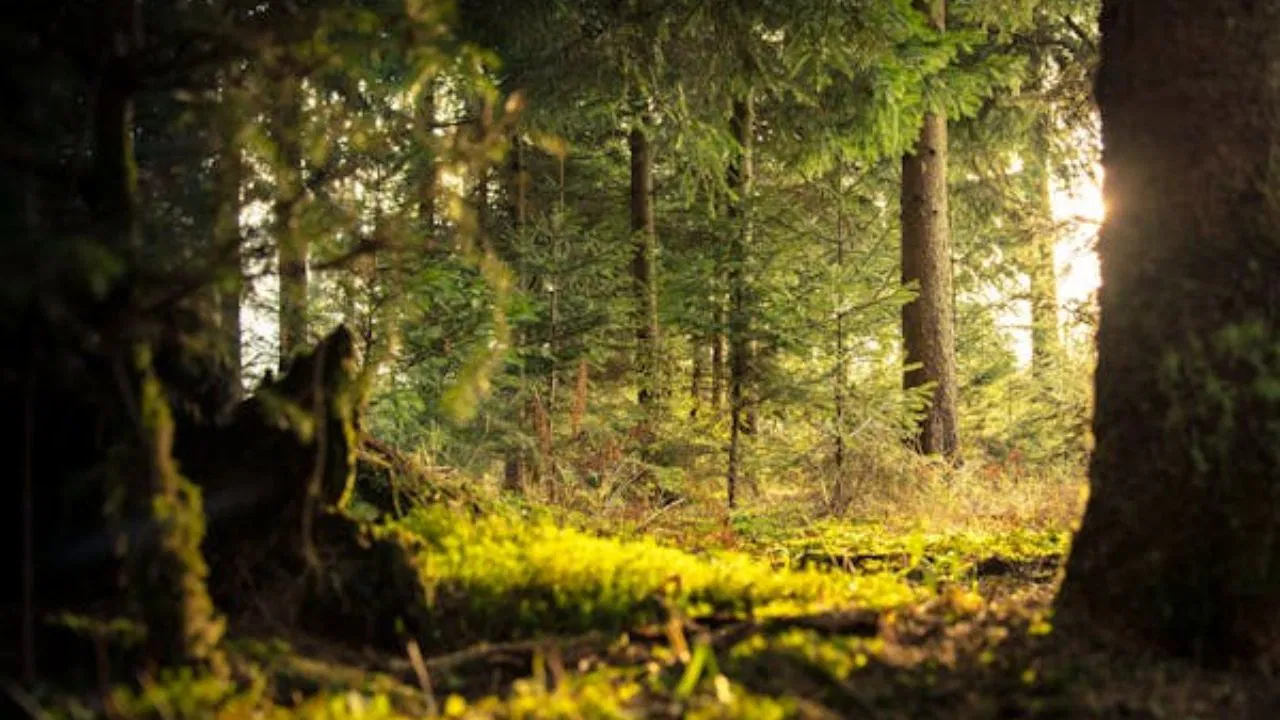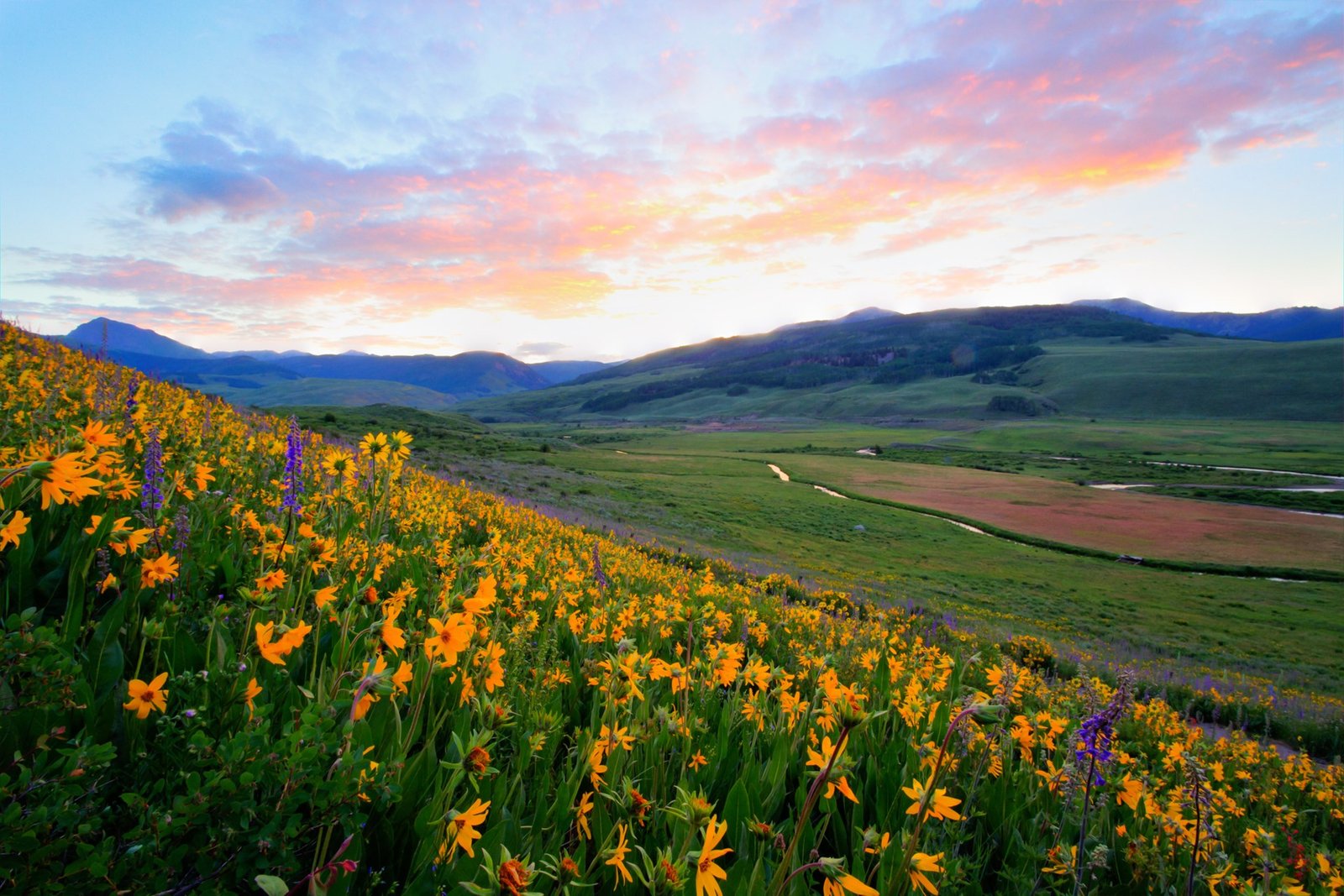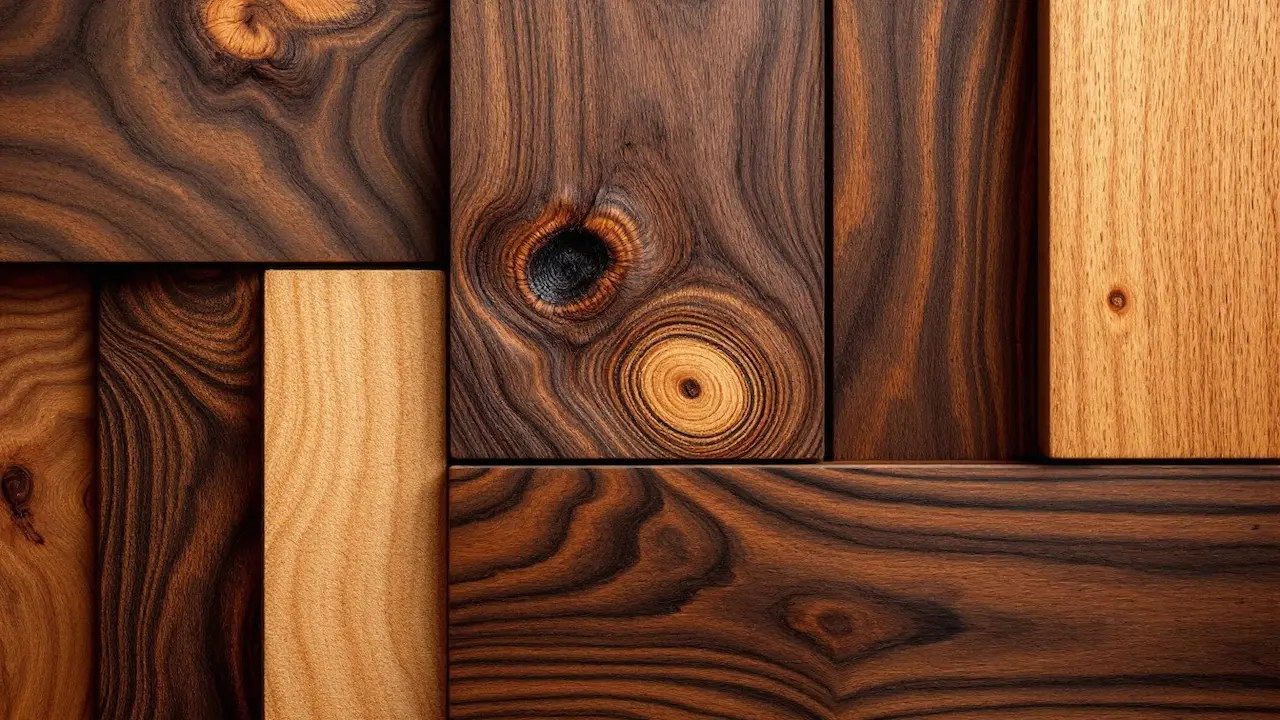What Are “Working Forests” Anyway?
So, working forests—basically, these aren’t just a bunch of trees left to do their thing. We’re talking about forests that people actually manage, not just for lumber, but for the whole ecosystem. Think: keeping the place healthy, making sure critters have habitats, and, yeah, stopping wildfires before they torch everything. The U.S. Forest Service says there are over 700 million acres of these forests across the country. That’s a lot of ground to cover (pun intended).
Internal Link: Wanna go deeper? Check our Guide to Forest Management.
Why Should You Even Care About Wildfire Prevention?
Seriously, wildfires are brutal. Just last year? Over 7 million acres in the U.S. went up in smoke. That’s not just trees—homes, wildlife, your favorite hiking spots… all gone. Plus, the air quality goes to hell, and the price tag for damages? Don’t even get me started. Bottom line: Preventing wildfires isn’t just about trees surviving—it’s about communities making it through the season. If we stay on top of forest management, we don’t just save money, we actually save lives and keep nature around for the next generation.
How Working Forests Make a Difference
Here’s the deal: working forests get regular tune-ups. People go in, clear out the dead stuff, thin out the trees so they’re not all fighting for sunlight, and sometimes even light things on fire (on purpose!) to keep the risk down. It’s all about stopping those massive, out-of-control fires before they start. Plus, these forests still provide jobs and wood and all that, but they don’t turn into tinderboxes. Look at California—the Sierra Nevada has actually seen fewer monster fires because of this kind of management. The Nature Conservancy even backs that up.
Internal Link: More on this? Check out our Climate-Smart Forestry Guide.
6 Real-World Wildfire Prevention Tactics from Working Forests
Alright, let’s break it down. Here’s how the pros keep wildfires from wrecking the place:
- Thinning & Pruning the Forest
Cutting out extra trees and brush = less stuff to burn. Plus, the trees left behind get healthier and stronger. Win-win. - Carving Out Firebreaks
Firebreaks are basically “no fuel” zones—strips where nothing can really burn, so fires can’t jump and go wild. CAL FIRE does this a ton. - Prescribed Burns
Yeah, setting small, controlled fires sounds nuts, but it actually clears out the dead junk and keeps forests healthy. It’s like a reset button. - Sustainable Logging
Taking out some trees the smart way means less crowding and less fire danger. And hey, people still get wood for their projects. The trees grow back—no harm done. - Bringing Back Native Species
Planting trees and plants that don’t burn as easily (like ponderosa pine) makes forests tougher. Native species are like the OG fire-fighters of the plant world. - Getting the Community Involved
You can’t do it alone. Teaching people how to prep their homes, cut down brush, and not start fires in the first place is huge. Programs like Firewise USA are all about this.
Internal Link: Want to help out? Our Guide to Community Conservation has more info.
Tech: Not Just for Startups Anymore
Guess what? Drones, satellites, AI—they’re all in the wildfire prevention game now. Drones fly over forests and spot trouble before things go south. Satellites check in from space and predict hotspots. NASA’s even got AI that figures out the best time for a controlled burn. You can even download apps (like Wildfire Analyst) that give real-time updates. Basically, we’ve got some sci-fi stuff keeping our forests safe.
Hit Us Up for More Wildfire Prevention Tips
Wanna geek out more on wildfire prevention and working forests? Shoot us an email, follow us, or just binge our weekly newsletter for all the latest tips and updates.
Contact Info:
Email: wildfire@example.com
Instagram: @ForestGuardians
Pinterest: WildfirePrevention
Internal Link: Sign up for our Conservation Newsletter and stay in the loop!



